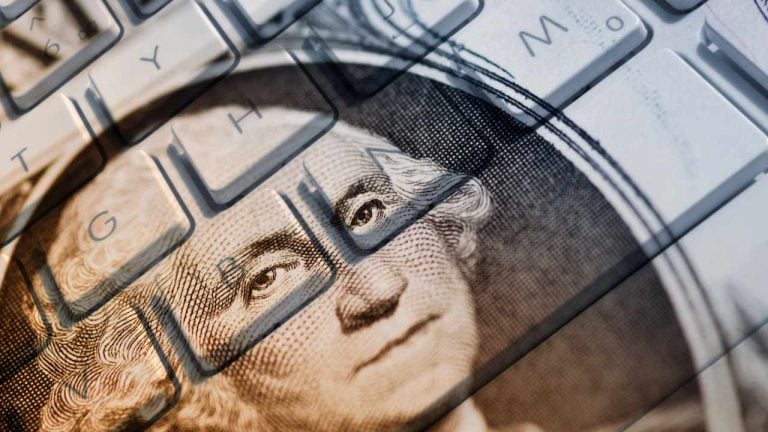
The Federal Reserve’s vice chair for supervision has affirmed that the U.S. central bank is “a long way” from making a decision on whether to issue a central bank digital currency (CBDC). The Fed official also voiced concerns regarding USD stablecoins, emphasizing that they “could pose significant risks to financial stability, monetary policy, and the U.S. payments system.”
Fed Official on Digital Dollars and Stablecoins
The Vice Chair for Supervision of the Board of Governors of the Federal Reserve System, Michael Barr, talked about the Fed’s central bank digital currency progress on Friday at the Seventh Annual Fintech Conference hosted by the Federal Reserve Bank of Philadelphia.
“As the pace of innovation increases, the payments landscape continues to evolve with the emergence of new programmable payments platforms, including those built on distributed ledger technology and blockchain technology, and new forms of digital assets, such as cryptocurrencies, stablecoins, and central bank digital currencies (CBDCs),” he said. “In my view, as both the issuer of U.S. currency and an operator in the payments system, the Federal Reserve must understand these developments and the tradeoffs they introduce.”
The Fed official emphasized:
Of course, investigation and research are very different from decision making about next steps in terms of payments system development, and we are a long way from that.
“The Federal Reserve has made no decision on issuing a CBDC and would only proceed with the issuance of a CBDC with clear support from the executive branch and authorizing legislation from Congress,” he clarified.
Barr’s statements echo those made by Federal Reserve Chair Jerome Powell, who has similarly stressed that the Fed will not proceed with the issuance of a digital currency without clear authorization from Congress. Powell also stated in September last year that it will take at least a couple of years for the Fed to come to a decision on whether to issue a digital dollar.
Regarding U.S. dollar-denominated stablecoins issued by the private sector, Barr opined: “I remain deeply concerned about stablecoin issuance without strong federal oversight.” He cautioned:
If non-federally regulated stablecoins were to become a widespread means of payment and store of value, they could pose significant risks to financial stability, monetary policy, and the U.S. payments system.
In August, the Fed issued guidelines for banks to follow before engaging in the issuance, possession, or transactions involving U.S. dollar stablecoins. In addition, Congress is currently considering the Clarity for Payment Stablecoins Act, which the House Financial Services Committee recently greenlighted.
Do you want the Fed to issue a central bank digital currency soon? Let us know in the comments section below.




